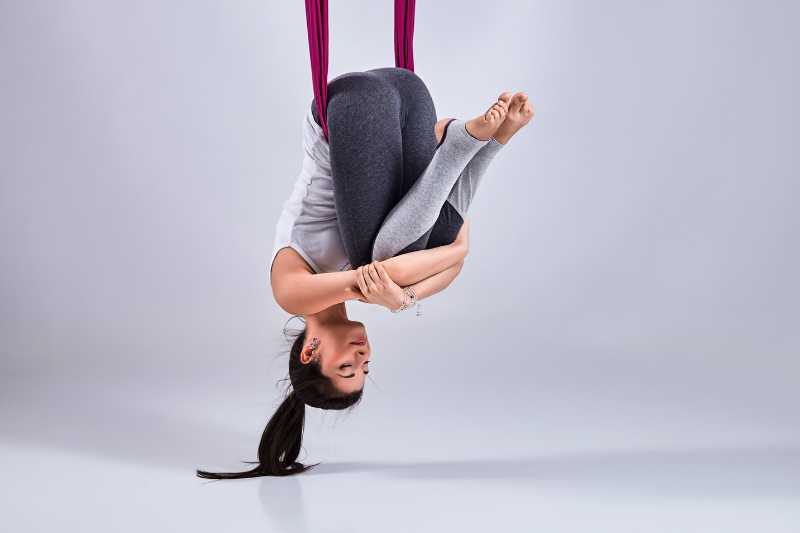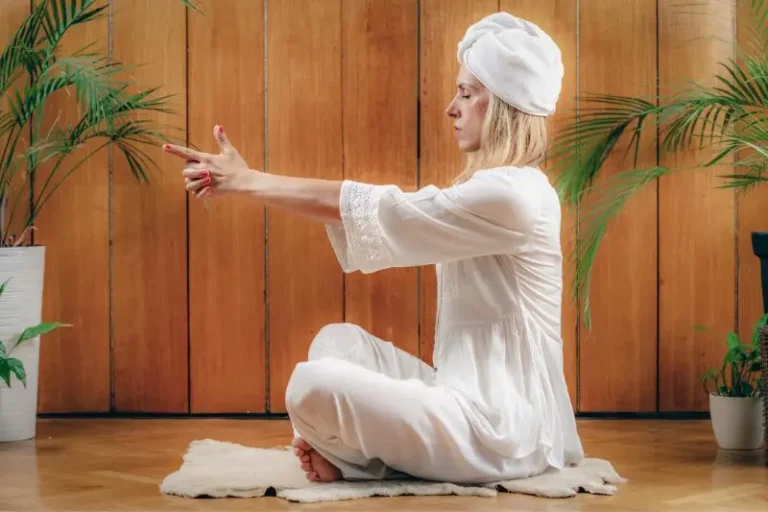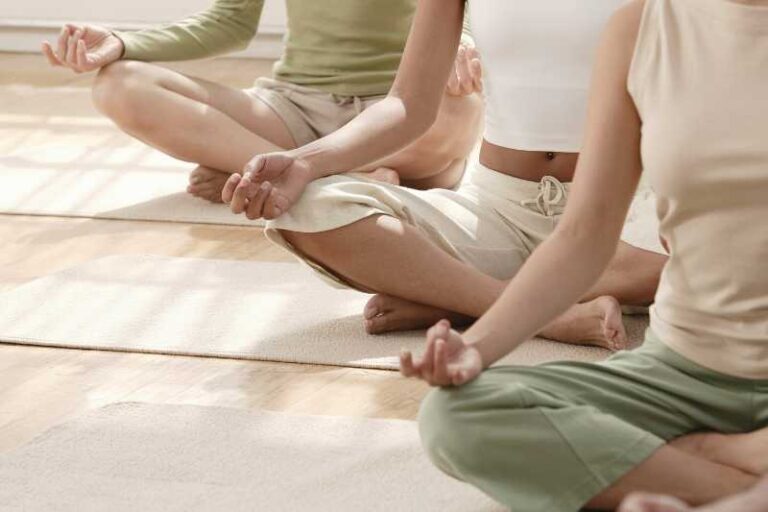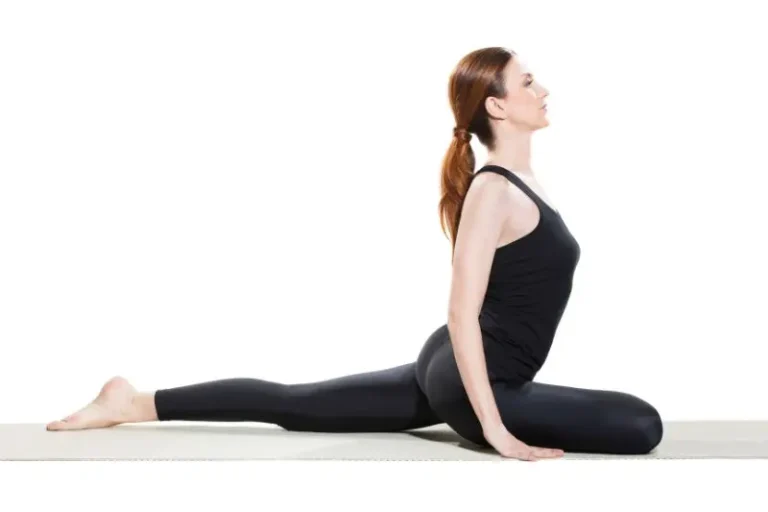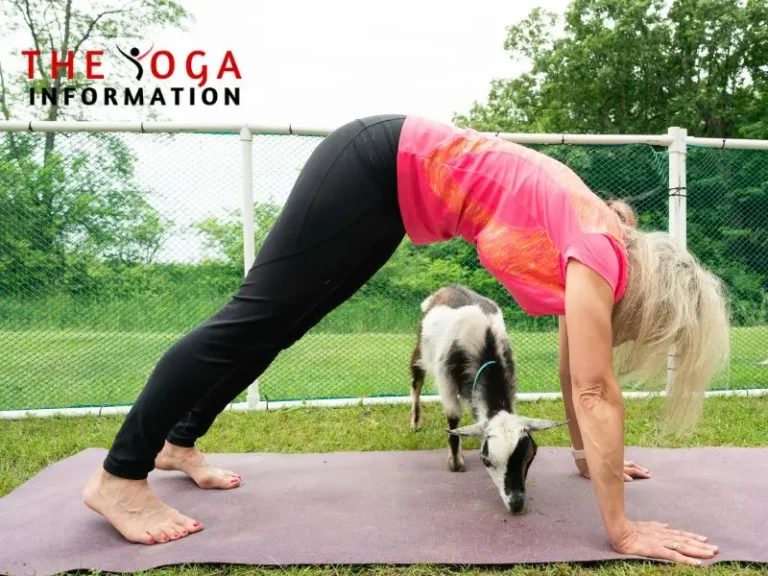Have you ever heard of a yoga practice that emphasizes alignment and precision? Iyengar Yoga is a style of yoga that does just that. It was developed by B.K.S.
“Health is a state of complete harmony of the body, mind and spirit. When one is free from physical disabilities and mental distractions, the gates of the soul open.”
— B.K.S. Iyengar
Introduction
Iyengar Yoga is a style of yoga that emphasizes proper alignment and precision in each pose. Developed by B.K.S. Iyengar Yoga is known for its attention to detail and its therapeutic benefits for those with injuries or chronic pain. Practicing Iyengar Yoga can help improve flexibility, balance, and posture, making it a great choice for beginners and experienced yogis alike who are looking to deepen their practice.
Who developed Iyengar Yoga
Iyengar Yoga is named after its founder, B.K.S. Iyengar, who developed the style of yoga in the 1930s. Born in India in 1918, Iyengar began practicing yoga as a child with his brother-in-law, Krishnamacharya. He later moved to Pune, where he opened his own yoga studio and began teaching his own style of yoga. Iyengar Yoga emphasizes precise alignment, the use of props, and holding poses for longer periods of time. Today, Iyengar Yoga is practiced around the world and has influenced many other styles of yoga.
Principles of Iyengar Yoga
The key principles of Iyengar Yoga include the use of props such as blocks, straps, and blankets to help practitioners achieve correct alignment and deeper stretches.
Blocks
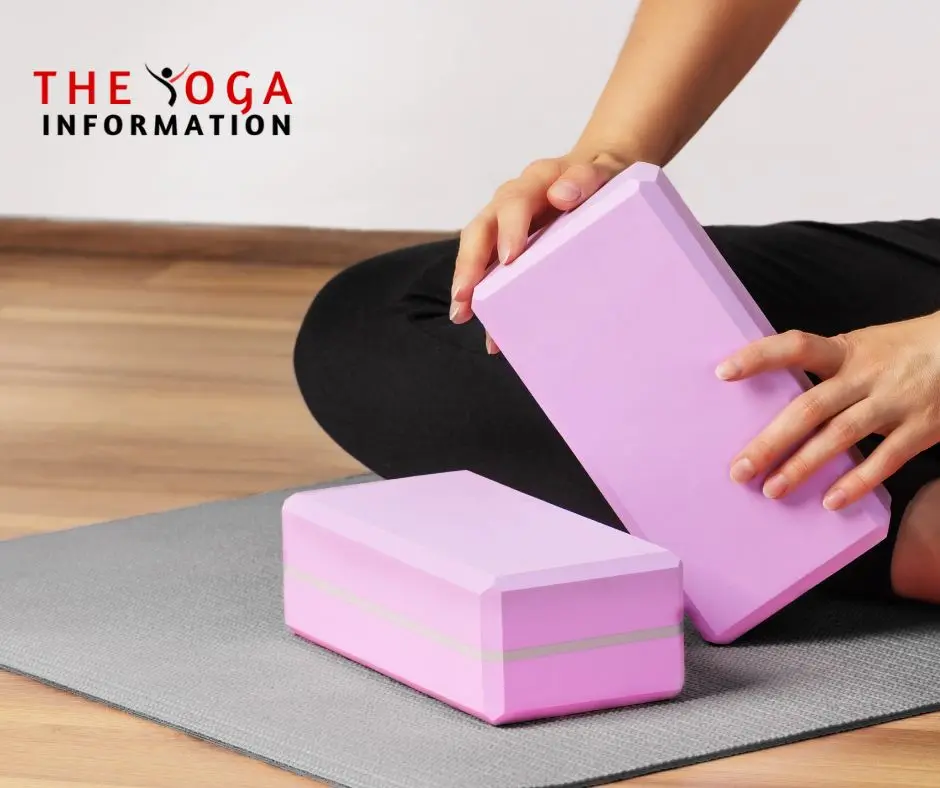
Blocks are one of the most common props used in Iyengar Yoga. They are typically made of foam or cork and come in different sizes and shapes. Blocks are used to help practitioners achieve proper alignment in standing postures, seated postures, and inversions.
Straps
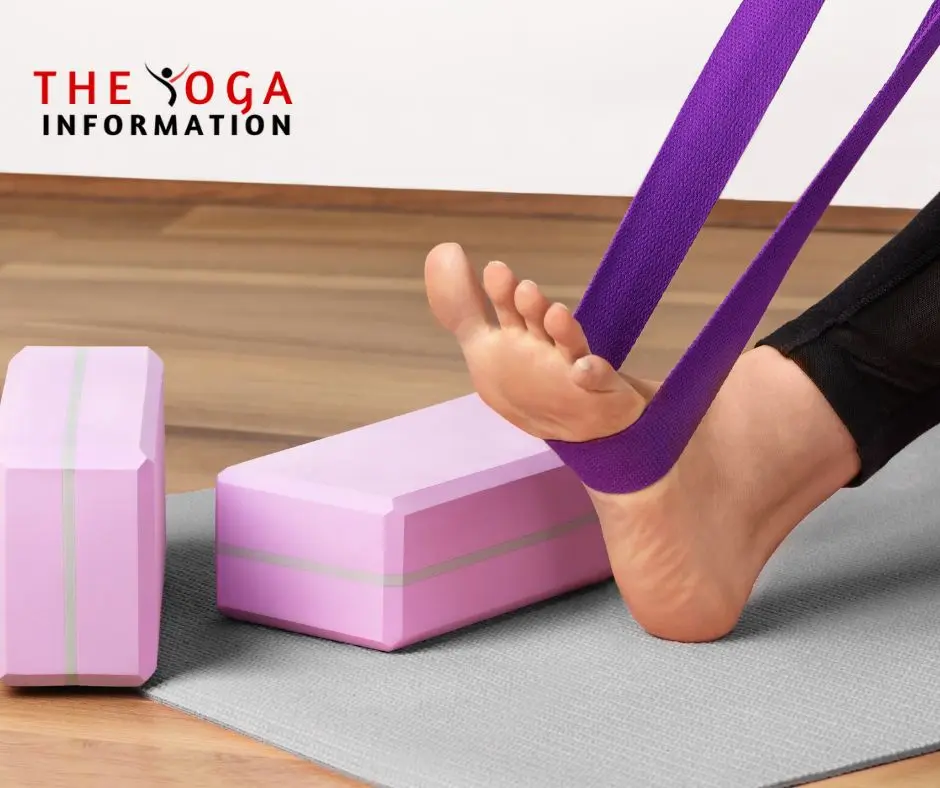
Straps are another common prop used in Iyengar Yoga. They are typically made of cotton or nylon and come in different lengths. Straps are used to help practitioners achieve proper alignment in postures that require a deep stretch, such as forward folds and hamstring stretches.
Blankets

Blankets are a versatile prop that can be used in a variety of ways in Iyengar Yoga. They are typically made of cotton or wool and come in different sizes. Blankets are used to provide support and cushioning in postures that require sitting or lying down.
Benefits of Iyengar Yoga
Iyengar Yoga is a powerful practice that offers numerous benefits for practitioners. Physical health, mental wellbeing and spiritual growth, this form of yoga can help people to live healthier, happier, and more fulfilling lives.
Physical benefits of Iyengar Yoga
Increased Strength
Iyengar Yoga also helps build strength in the muscles. Holding poses for longer periods of time requires the muscles to work harder, which can lead to increased strength over time. This can help improve overall physical performance and reduce the risk of injury.
Improved Balance
Many poses in Iyengar Yoga require balance, which can help improve balance over time. Practicing Iyengar Yoga can be especially beneficial for older adults who may be at risk of falls and injuries due to decreased balance.
Reduced Stress
While Iyengar Yoga is known for its physical benefits, it also has mental and emotional benefits. The practice of Iyengar Yoga can help reduce stress and promote relaxation. It can also help improve sleep and reduce anxiety and depression.
Improved Posture
Iyengar Yoga focuses on proper alignment, which can help improve posture over time. Poor posture can lead to a variety of physical problems, including back pain and headaches. Practicing Iyengar Yoga can help correct posture and alleviate these issues.
Mental benefits of Iyengar Yoga
Reduces stress and anxiety
Stress and anxiety are common problems in modern society. Fortunately, Iyengar yoga can help reduce these negative emotions. The practice of Iyengar yoga involves a focus on the breath and the present moment, which can help calm the mind and reduce stress. Additionally, the use of props in Iyengar yoga can help release tension in the body, which can further reduce stress and anxiety.
Increases self-awareness
Iyengar yoga is a highly introspective practice that requires practitioners to be aware of their bodies and their breath. Through this heightened sense of self-awareness, practitioners can develop a deeper understanding of their thoughts and emotions. This can lead to greater self-acceptance and a more positive self-image.
Improves concentration and focus
The precision and alignment required in Iyengar yoga can help improve concentration and focus. Practitioners must pay close attention to their bodies and their breath, which can help develop a sense of mindfulness and present-moment awareness. This increased focus can also carry over to other areas of life, such as work or school.
Enhances mood and overall well-being
The physical benefits of Iyengar yoga, such as increased flexibility and strength, can contribute to a better overall sense of well-being. Additionally, the mental benefits of reduced stress, increased self-awareness, and improved concentration can all contribute to a more positive mood and a greater sense of happiness.
Encourages relaxation and better sleep
Iyengar yoga is known for its restorative and relaxing postures, which can help calm the mind and prepare the body for sleep. Practicing Iyengar yoga before bed can help promote better sleep and a more restful night’s rest.
Spiritual benefits of Iyengar Yoga
Increased Compassion
Another spiritual benefit of Iyengar Yoga is increased compassion. Iyengar Yoga emphasizes the importance of being kind to oneself and others. Through the practice of asanas (postures), students learn to be patient with themselves and their limitations. This new level of patience and self-compassion can transcend into other areas of life, leading to more compassionate interactions with others.
Clarity of Mind
Iyengar Yoga also helps to clear the mind of clutter and negativity. By focusing on the breath and proper alignment, practitioners are able to quiet the mind and focus on the present moment. This mental clarity can lead to a greater understanding of oneself and one’s surroundings.
Increased Mindfulness
Mindfulness is a key element of Iyengar Yoga. Through the practice of asanas and pranayama (breathing exercises), students learn to be mindful of their body, breath, and thoughts. This increased mindfulness can lead to a greater sense of presence in one’s daily life, leading to a more fulfilling and meaningful existence.
Greater Sense of Purpose
Finally, Iyengar Yoga can help individuals find a greater sense of purpose in life. By connecting with the self, increasing compassion, achieving mental clarity, and practicing mindfulness, practitioners are able to gain a deeper understanding of themselves and their place in the world. This newfound sense of purpose can lead to a more fulfilling and meaningful life.
How to get started Iyengar Yoga
- Find a Certified Iyengar Yoga Teacher
- Start with the basics
- Focus on alignment
- Get the right equipment
- Wear Comfortable Clothing
- Start with Basic Poses
- Focus on Breath and Alignment
- Practice Consistently
- Be patient
- Practice regularly
Harmful effects of Iyengar yoga
Joint pain
Iyengar yoga involves holding poses for longer periods of time, which can put a lot of stress on the joints. This can lead to joint pain, especially in the knees, hips, and shoulders. To avoid joint pain, it is important to use props to support the joints and to avoid holding poses for too long.
Injuries
Common injuries include sprains, strains, and tears in the muscles and ligaments. To avoid injuries, it is important to warm up properly before practicing Iyengar yoga and to use props to support the body.
Psychological effects
Iyengar yoga can also have negative psychological effects. Practitioners may become obsessed with achieving perfect alignment and may feel frustrated or disappointed if they cannot achieve it. This can lead to feelings of anxiety and depression. To avoid these negative psychological effects, it is important to remember that yoga is not about achieving perfection but rather about connecting with your body and mind.
Not suitable for everyone
Iyengar yoga is not suitable for everyone, especially those with certain medical conditions. People with high blood pressure, glaucoma, and herniated discs should avoid certain poses in Iyengar yoga.
Conclusion
Iyengar yoga is a form of yoga that focuses on proper alignment and precise movements. If you’re looking to improve your overall health and well-being, Iyengar yoga is an excellent choice. To get the most out of your practice, it’s important to find a qualified teacher who can guide you through the various poses and help you achieve proper alignment. Additionally, investing in high-quality props such as blocks, straps, and blankets can make a big difference in your practice. With consistent practice and proper guidance, Iyengar yoga can help you improve your flexibility, strength, and overall sense of well-being.
